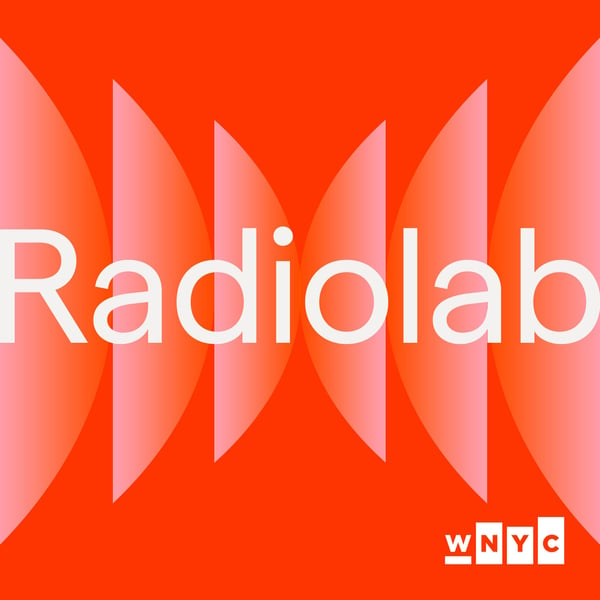The Interstitium
Radiolab
WNYC Studios
4.6 • 43.5K Ratings
🗓️ 17 November 2023
⏱️ 55 minutes
🧾️ Download transcript
Summary
In this episode we introduce you to a part of our bodies that was invisible to Western scientists until about five years ago; it’s called "the interstitium," a vast network of fluid channels inside the tissues around our organs that scientists have just begun to see, name, and understand. Along the way we look at how new technologies rub up against long-standing beliefs, and how millions of scientists and doctors failed to see what was right in front (and inside!) of their noses. We also find out how mapping the anatomy of this hidden infrastructure may help solve one of the fundamental mysteries of cancer, and perhaps provide a bridge between ancient and modern medicine.Special thanks to Aaron Wickenden, Jessica Clark, Mara Zepeda, Darryl Holliday, Dr. Amy Chang, Kate Sassoon, Guy Huntley, John Jacobson, Scotty G, and the Village Zendo
EPISODE CREDITS -
Reported by - Lulu Miller and Jenn BrandelProduced by - Matt Kieltywith help from - Ekedi Fausther-Keeyswith mixing help from - Arianne WackFact-checking by - Natalie Middletonand Edited by - Alex Neason
EPISODE CITATIONS -
Articles: Check out reporter Jenn Brandel’s companion essay to this episode in Orion magazine, titled, Invisible Landscapes (https://zpr.io/NKuxvYY84RvH), which argues that the discovery of the interstitium could challenge established practices of compartmentalizing in science and society.Our newsletter comes out every Wednesday. It includes short essays, recommendations, and details about other ways to interact with the show. Sign up (https://radiolab.org/newsletter)!Radiolab is supported by listeners like you. Support Radiolab by becoming a member of The Lab (https://members.radiolab.org/) today.Follow our show on Instagram, Twitter and Facebook @radiolab, and share your thoughts with us by emailing [email protected].
Leadership support for Radiolab’s science programming is provided by the Gordon and Betty Moore Foundation, Science Sandbox, a Simons Foundation Initiative, and the John Templeton Foundation. Foundational support for Radiolab was provided by the Alfred P. Sloan Foundation.
Transcript
Click on a timestamp to play from that location
| 0:00.0 | Wait, you're listening. |
| 0:02.0 | Okay. |
| 0:03.0 | All right. |
| 0:04.0 | Okay. |
| 0:05.0 | Okay. |
| 0:06.0 | All right. |
| 0:08.0 | You're listening to Radio Lab. |
| 0:10.0 | Radio. |
| 0:11.0 | From W-N-Y-C-C- WNYC.C. |
| 0:14.0 | See? |
| 0:15.0 | Yep. |
| 0:18.0 | This is Radio Lab, I'm Lula Miller. |
| 0:21.0 | I'm Lutif Nasser. |
| 0:22.0 | Oh, hello. Along with reporter Jen Brandel. |
| 0:25.5 | Hi! |
| 0:26.5 | Lutif, Jen, have you guys met? |
| 0:28.5 | We have not? |
| 0:29.5 | No. |
| 0:30.5 | So Jen is a radio reporter who I've known for a long time, but these days... |
| 0:36.0 | I'm a little hard to explain. I have been a journalist, I'm a CEO of a tech company |
| 0:40.5 | right now, I work between a few worlds between entrepreneurship, |
| 0:44.4 | democracy, media, blah, blah, blah. Yeah. Well. Hmm. |
... |
Please login to see the full transcript.
Disclaimer: The podcast and artwork embedded on this page are from WNYC Studios, and are the property of its owner and not affiliated with or endorsed by Tapesearch.
Generated transcripts are the property of WNYC Studios and are distributed freely under the Fair Use doctrine. Transcripts generated by Tapesearch are not guaranteed to be accurate.
Copyright © Tapesearch 2025.

